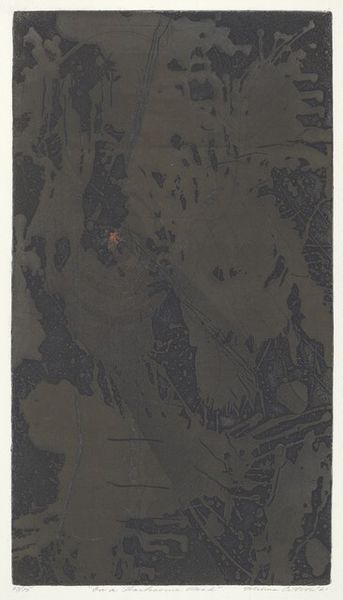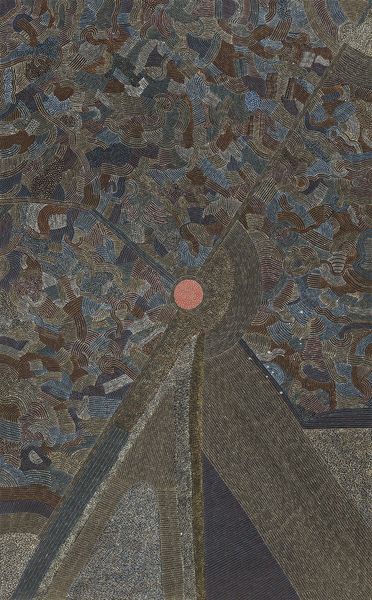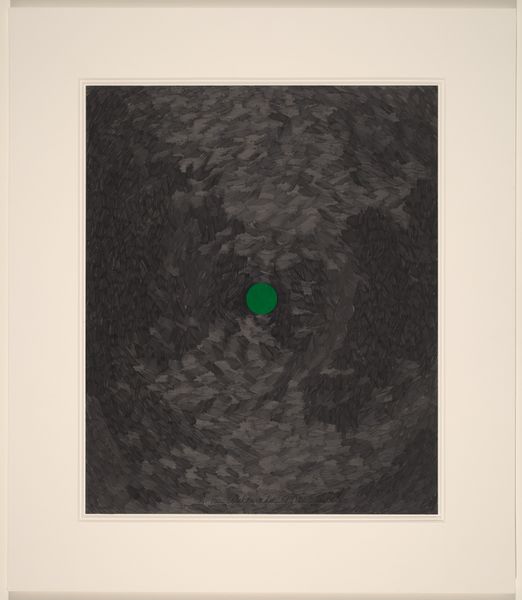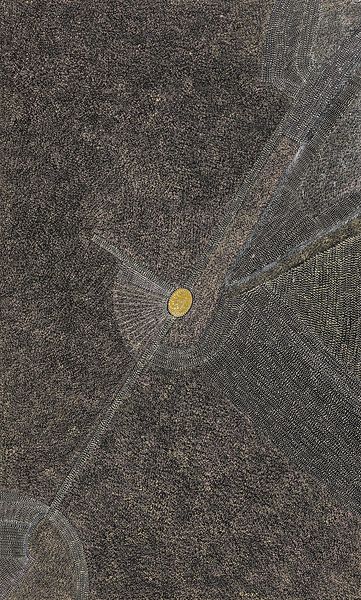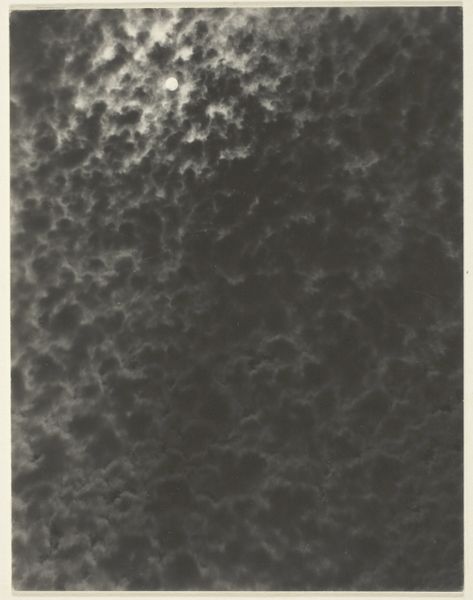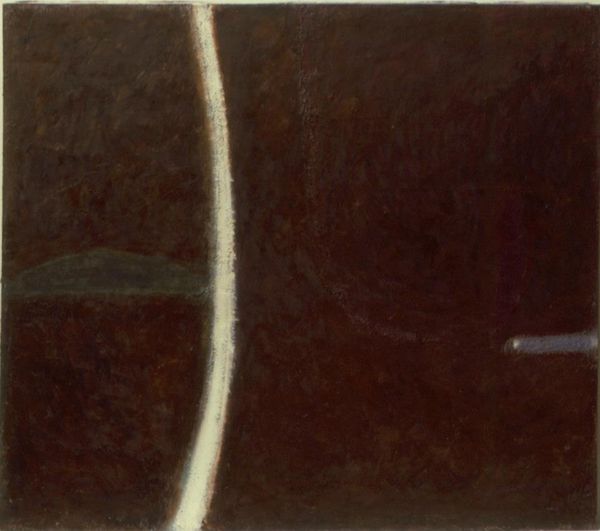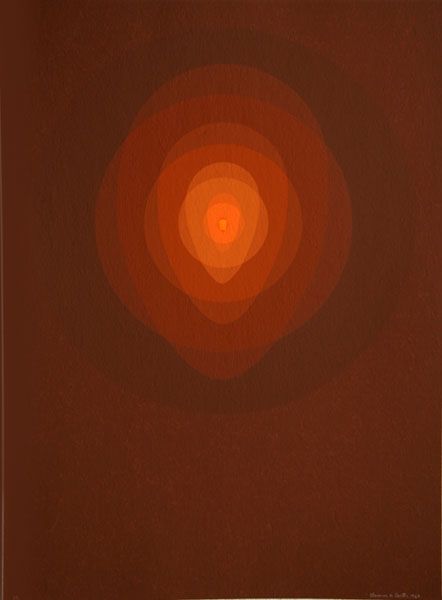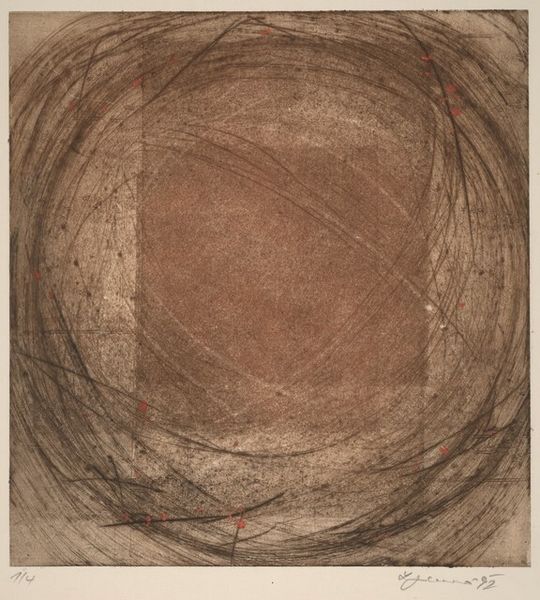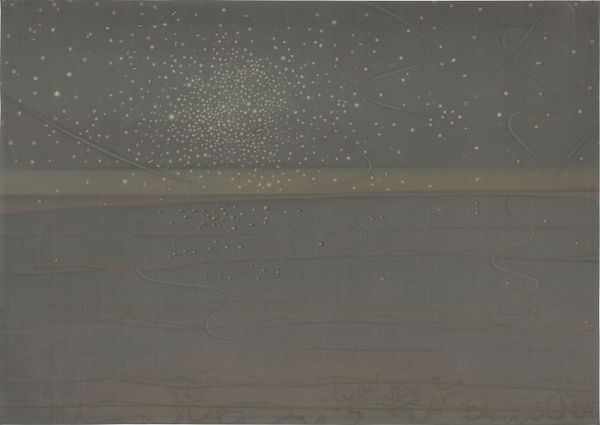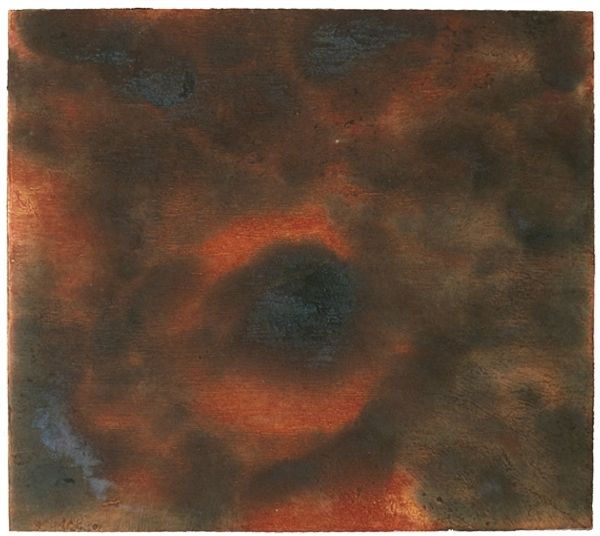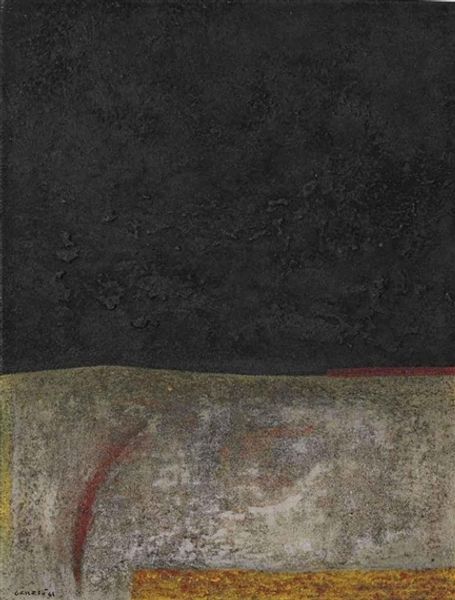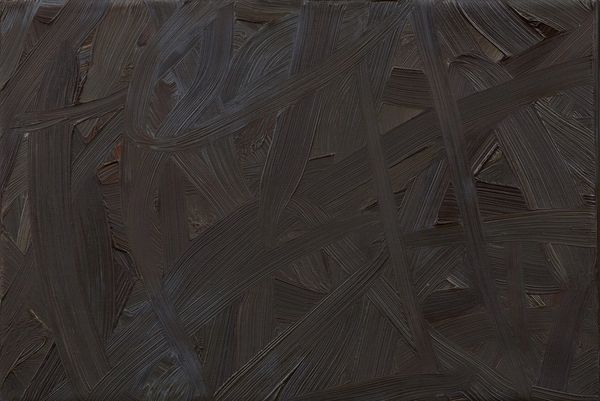
painting, acrylic-paint
#
non-objective-art
#
painting
#
acrylic-paint
#
geometric pattern
#
organic pattern
#
natural texture
Copyright: Abie Loy Kemarre,Fair Use
Curator: Here we have Abie Loy Kemarre’s "Bush Hen Dreaming," completed in 1999. It's an acrylic painting that beautifully exemplifies the Indigenous art of the Americas. Editor: My first impression is how textured it feels. All those tiny dots creating swirling patterns – it's mesmerizing and feels deeply connected to nature. Almost like a landscape seen from above, rendered in the most intricate detail. Curator: That feeling of connection is intentional. Abie Loy Kemarre belongs to the Anmatyerre community, and her work often represents the ancestral stories and the landscape passed down through generations. This painting specifically visualizes the Bush Hen Dreaming, a significant story for her people. Editor: It’s fascinating how abstraction can hold so much cultural meaning. Is it possible to delve into the social context of this work, its representation, and why dot painting is used? Curator: The use of dot painting is tied to both its visual appeal and the concealment of sacred meanings from the uninitiated. Dot painting, particularly since the 1970s, has become a bridge between Indigenous culture and the wider world, fostering awareness and challenging stereotypical representation. Editor: I think about the market forces influencing Indigenous art – how these cultural stories, these ‘Dreamings’ become commodified, inevitably changing how the stories themselves are told. The art market really mediates the ways these narratives reach a wider audience. Curator: Absolutely, museums and galleries have undeniably shaped its presentation and understanding. It has created visibility for Indigenous artists while inevitably affecting their relationship with their own stories. Editor: It's interesting to observe the intersection of tradition and the contemporary art world. It requires continual examination of power dynamics. And the painting prompts thinking on the resilience and adaptation of Indigenous art forms in response to colonisation. Curator: Looking at this piece I’m reminded how crucial these works are. How important it is to give the stories space and acknowledgement for their depth and legacy. Editor: Yes. Engaging with the painting reminds us of the importance of uplifting Indigenous voices.
Comments
No comments
Be the first to comment and join the conversation on the ultimate creative platform.
